Cyperus alternifolius L. / C. involucratus Rottb.
CyperaceaeEl llamado popularmente paragüitas, por su forma que recuerda a una pequeña sombrilla, es una especie propia de las zonas encharcadas o muy húmedas de Madagascar y precisamente en zonas húmedas de los jardines del Alcázar, en pequeños estanques como los asociados a los rugosos muros de grutescos del Jardín de las Damas, es donde más paragüitas encontraremos, formando parte de una decoración pues encaminada a hacernos pensar en el agua y en los efectos que ésta produce en la arquitectura. Es de hecho una planta acuática emparentada con otra especie más conocida, el papiro. Su uso ornamental en jardines históricos europeos parece explicarse con la moda orientalista y romántica que comienza en el siglo XIX y continúa en las primeras décadas del XX. En este momento, el gusto por las plantas exóticas que promovían las por entonces dos potencias coloniales del siglo -por un lado los ingleses con sus jardines botánicos y sus invernaderos y por otro la Francia de las exposiciones universales parisinas-, habían generado en la jardinería europea una tendencia a recrear de manera superficial espacios también exóticos, que recordaran a lugares lejanos, incluso a civilizaciones antiguas. En boga estaban así tipologías de jardines orientales como el islámico, el hindú, el de la China, pero también un nuevo e idealizado interés por la Antigüedad, no solo grecorromana. Así, el papiro, en su defecto plantas similares como el paragüitas, podían evocar un paisaje del Antiguo Egipto.
Procedencia
AfricanoCalendario
Hábitat
Morfología
 Planta
Planta
 Cilindrocónica
Cilindrocónica
 Simple
Simple
 Lanceolada
Lanceolada
 Oblonga
Oblonga
 Otras disposiciones
Otras disposiciones
 Entero
Entero
 Agudo
Agudo
 Perenne
Perenne
